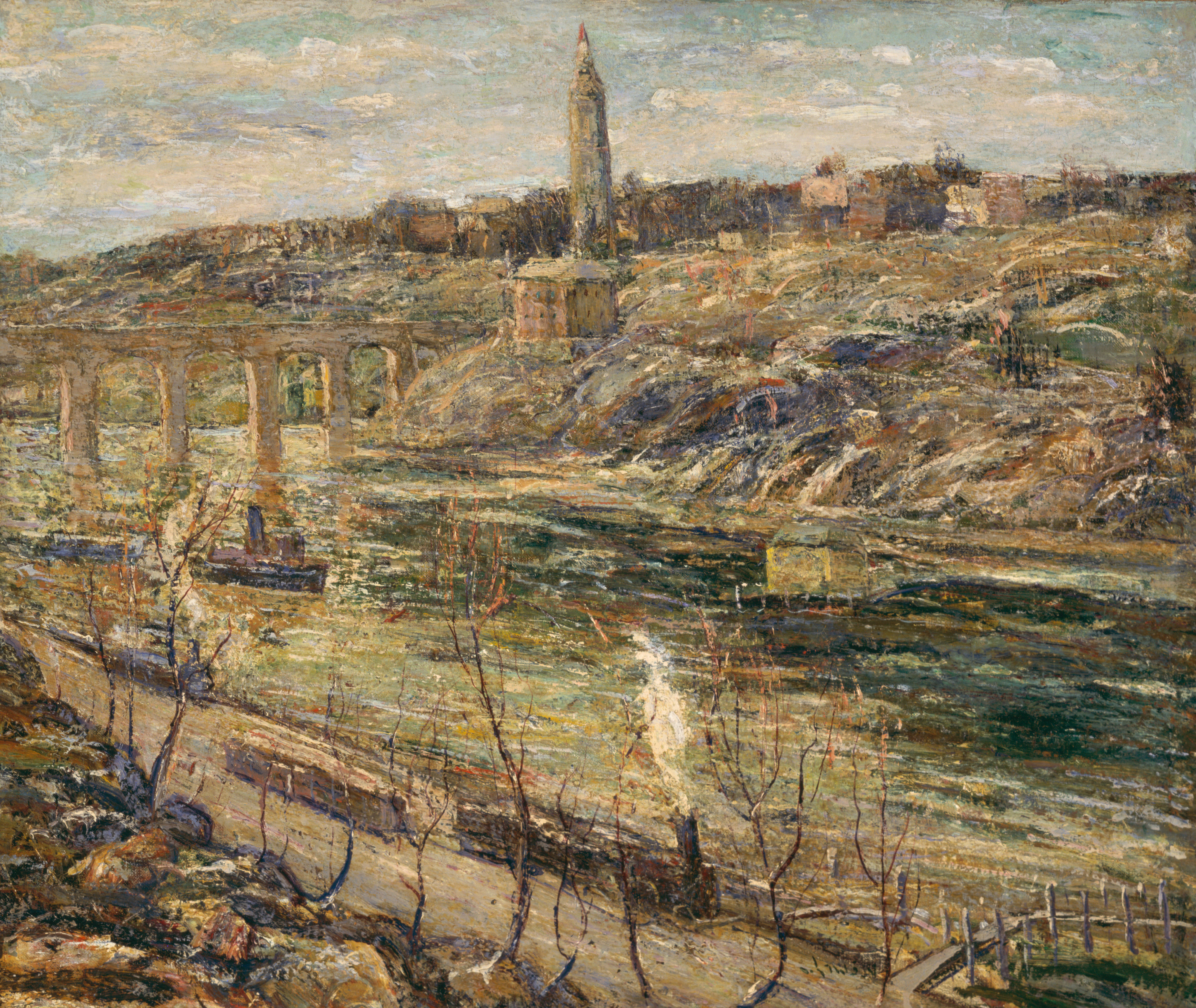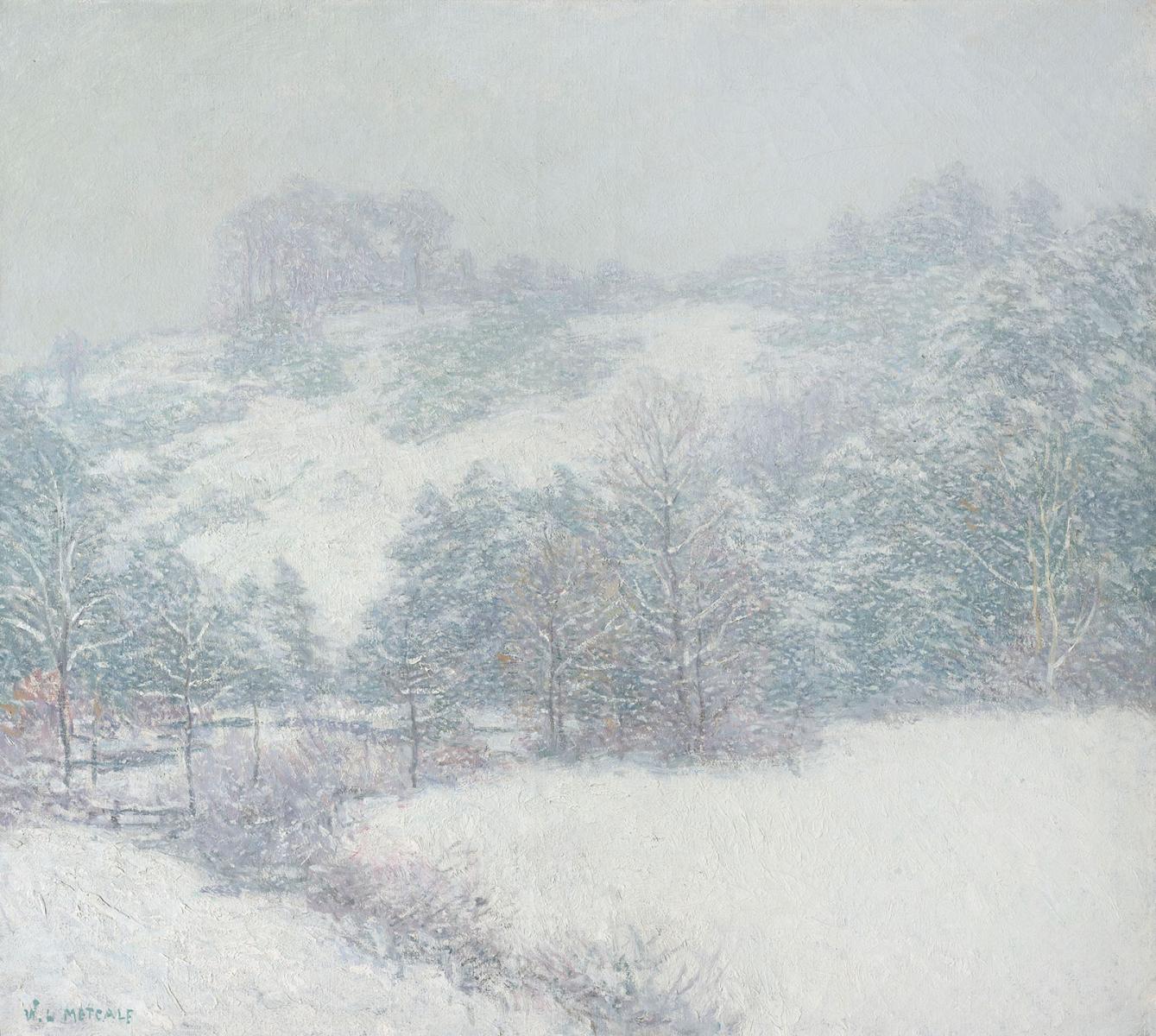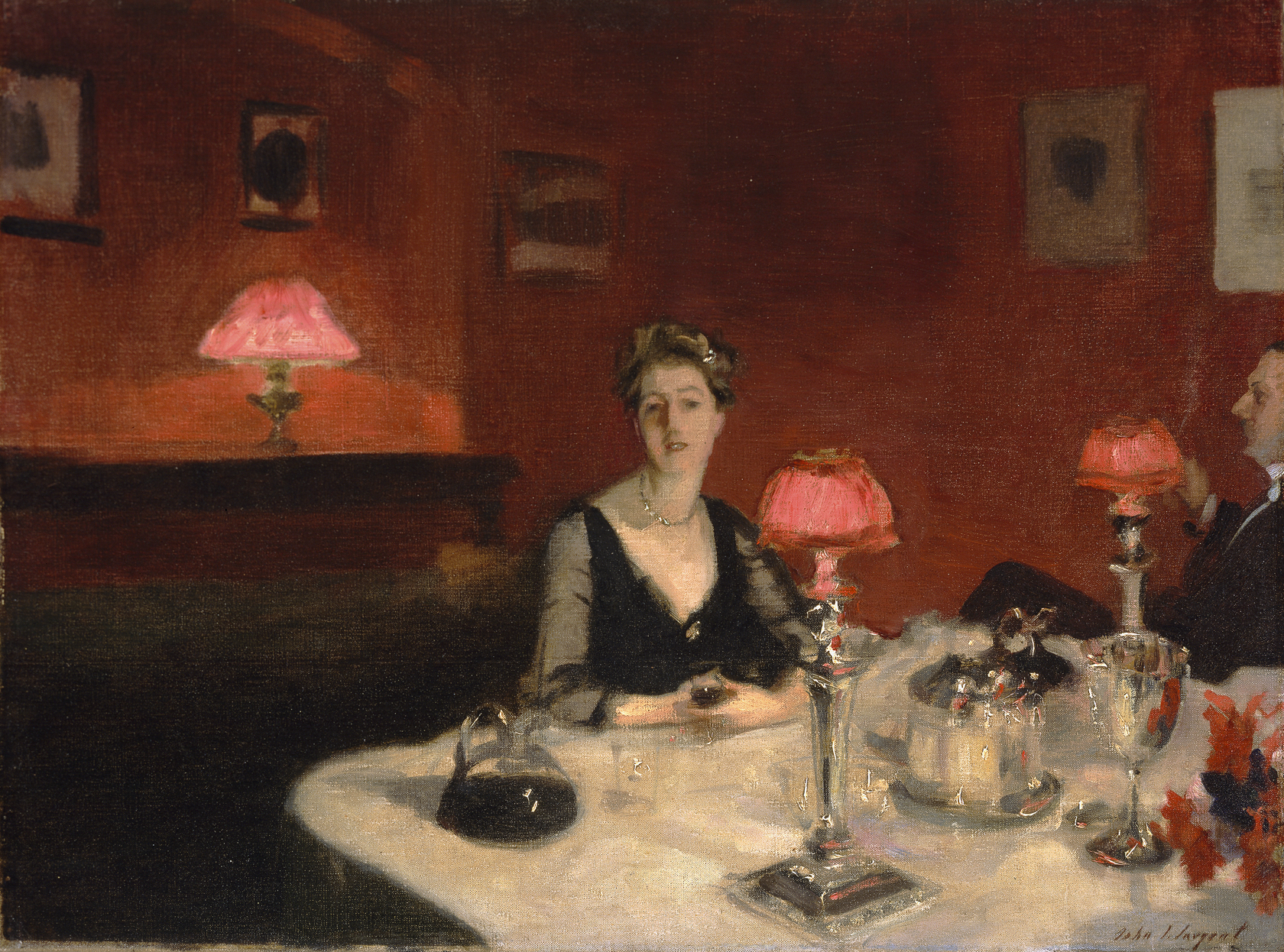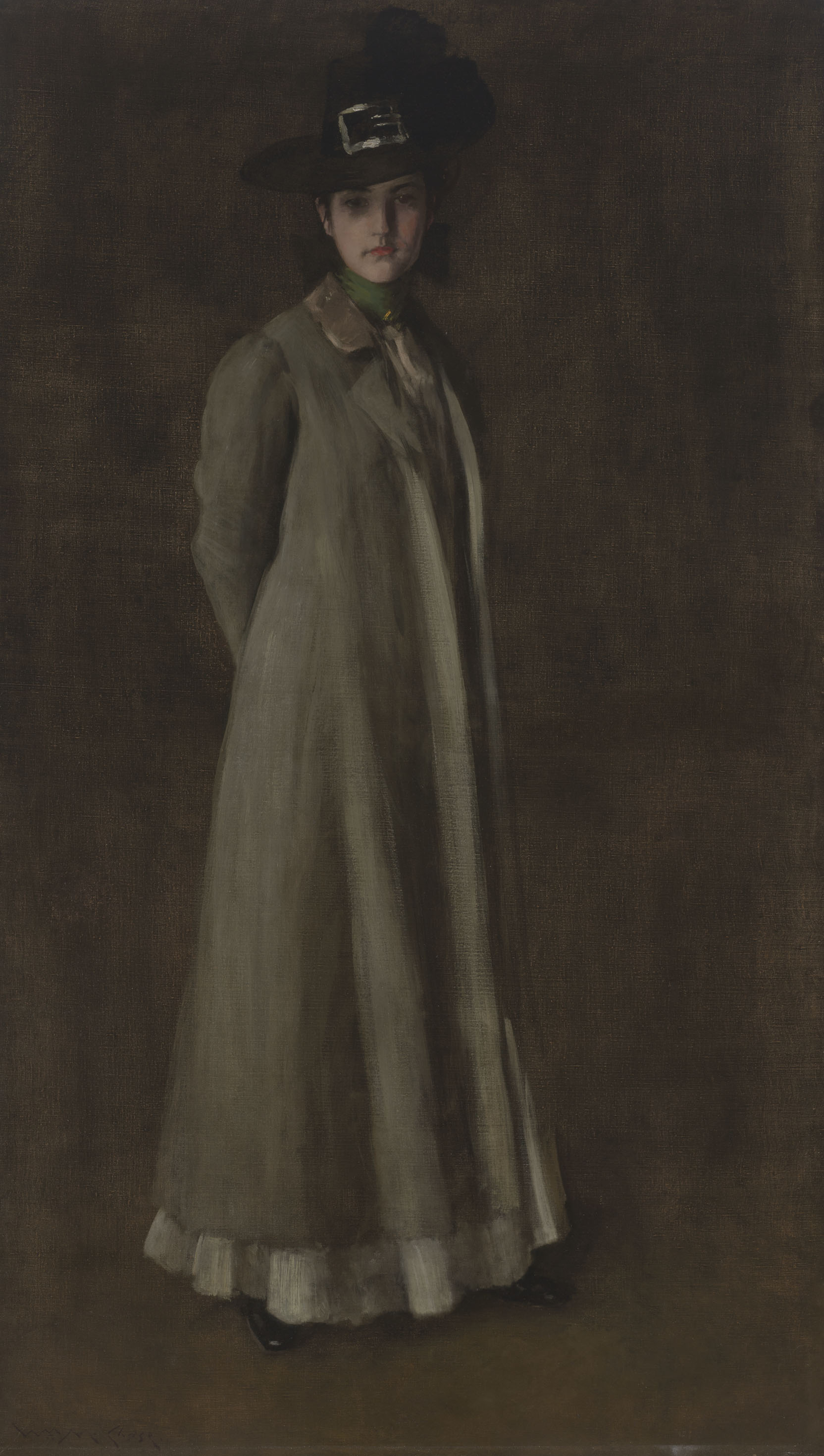Harlem River at High Bridge

How has industry changed the landscape of America?

How has industry changed the landscape of America?

How has industry changed the landscape of America?

What does this winter scene promise?
Some American painters of winter scenes did not regard the season as cold and unforgiving. Instead, many had positive views of the potential inherent in depicting such landscapes. Metcalf may have agreed with the American essayist Hamilton Wright Mabie, who declared that “winter is the concealment, not absence of life, and the woods are as full of potential vitality when the snow covers them as when the summer strives in vain to penetrate the depths of their foliage.”

What does this winter scene promise?
Some American painters of winter scenes did not regard the season as cold and unforgiving. Instead, many had positive views of the potential inherent in depicting such landscapes. Metcalf may have agreed with the American essayist Hamilton Wright Mabie, who declared that “winter is the concealment, not absence of life, and the woods are as full of potential vitality when the snow covers them as when the summer strives in vain to penetrate the depths of their foliage.”

Do the colors in this scene evoke particular emotions?
This intimate scene featuring Albert and Edith Vickers takes place in the dining room of a country house in England. Sargent’s composition weds the informal portraiture of the conversation piece to the techniques of Impressionism. Mrs. Vickers occupies the center of the painting and looks directly at the viewer. Her hand rests on a glass of claret, while Mr. Vickers crosses his legs as he puffs on an after-dinner cigar, imparting a casual freshness to the scene.

Do the colors in this scene evoke particular emotions?
This intimate scene featuring Albert and Edith Vickers takes place in the dining room of a country house in England. Sargent’s composition weds the informal portraiture of the conversation piece to the techniques of Impressionism. Mrs. Vickers occupies the center of the painting and looks directly at the viewer. Her hand rests on a glass of claret, while Mr. Vickers crosses his legs as he puffs on an after-dinner cigar, imparting a casual freshness to the scene.

Where do you find “symphonies of colors” in nature?
In 1883 the American painter Hitchcock settled in the Netherlands, making his home near Egmond aan Zee, which he helped transform into a significant artists’ colony. Inspired by the “symphonies of color” he found in the Dutch landscape, Hitchcock later published a series of articles titled “The Picturesque Quality of Holland,” in which he praised “the mysterious, endless fields . . . the opulence of tone and color; the unity and mystery of the vast meadows.”

Where do you find “symphonies of colors” in nature?
In 1883 the American painter Hitchcock settled in the Netherlands, making his home near Egmond aan Zee, which he helped transform into a significant artists’ colony. Inspired by the “symphonies of color” he found in the Dutch landscape, Hitchcock later published a series of articles titled “The Picturesque Quality of Holland,” in which he praised “the mysterious, endless fields . . . the opulence of tone and color; the unity and mystery of the vast meadows.”

What questions does this portrait ask?
The subject of this elegant full-length portrait is Alice Dieudonnée, Chase’s oldest child with his wife, Alice Bremond Gerson. Chase often used family and friends as models for his paintings, and his wife and children were often recognized in public as the subjects in his work. As Alice grew older, she gradually replaced her mother and namesake as a favorite model, perhaps in part because she increasingly resembled her mother at the age she met the artist.

What questions does this portrait ask?
The subject of this elegant full-length portrait is Alice Dieudonnée, Chase’s oldest child with his wife, Alice Bremond Gerson. Chase often used family and friends as models for his paintings, and his wife and children were often recognized in public as the subjects in his work. As Alice grew older, she gradually replaced her mother and namesake as a favorite model, perhaps in part because she increasingly resembled her mother at the age she met the artist.